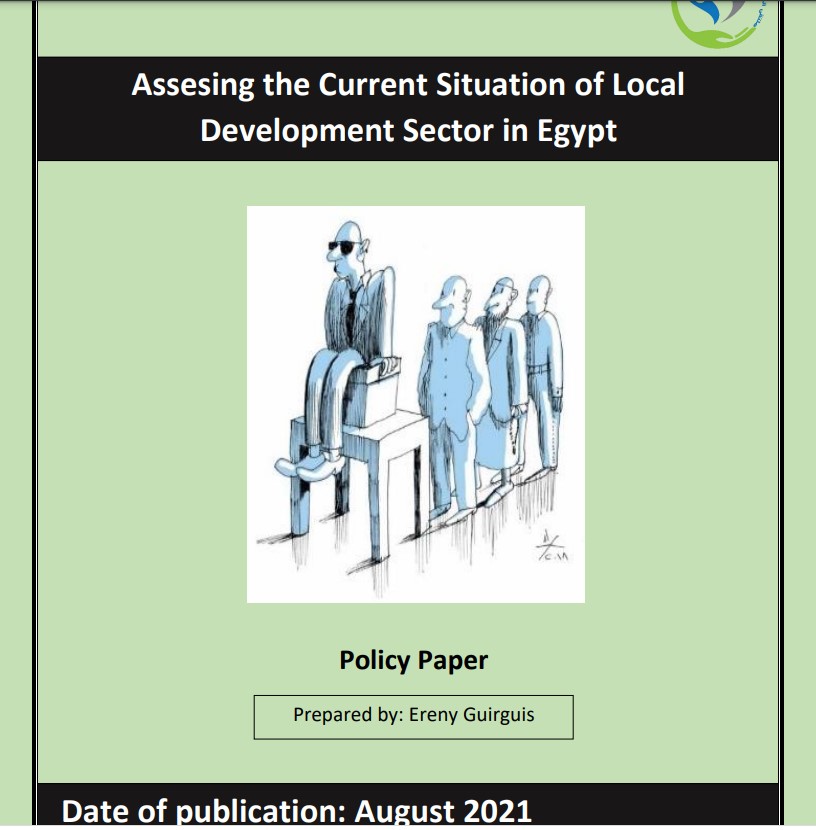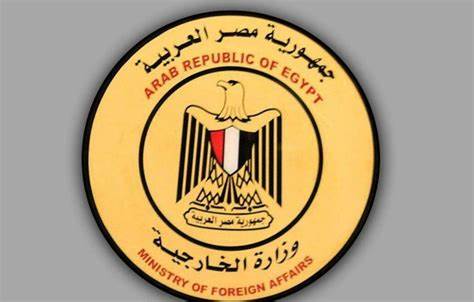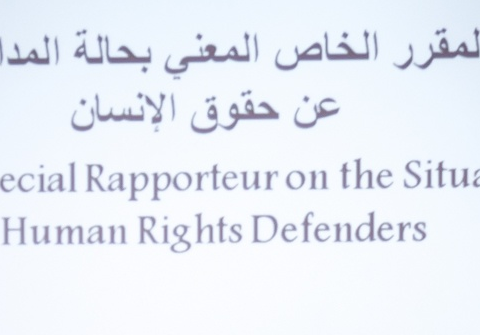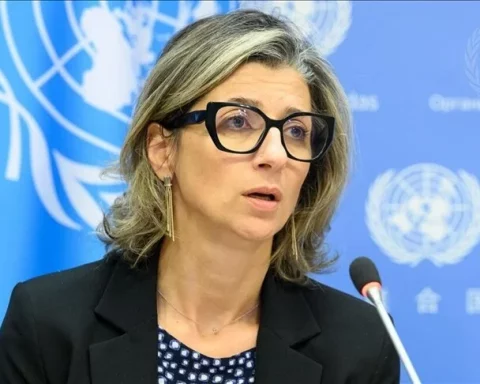Sunday 7th of November 2021
Press release
The unit of researches and studies in FDHRD issued a report entitled “Assessing the current status of local development sector and local administrations in Egypt”. This policy paper emphasized that the Egyptian government has exerted many efforts and worked on different initiatives to limit the corruption level in the Egyptian sectors, as well as to achieve significant changes in the educational, health, local development and public sector. However, Corruption at the local development sector is still a severe challenge facing Egypt, because this sector touches citizens’ daily activities and reflects on the quality of services delivered to them.
The paper discussed the roles and responsibilities assigned to the Ministry of Local Development by the Egyptian law, as well as local administration units and their main responsibilities
This paper divided into different sub-sections, and the most important of which are:
1) the efforts of the ministry of local development to achieve its goals and objectives. As this paper mentioned the projects that launched by the ministry to Empower the Local Authorities, 2) develop Human Resources, and 3) develop the Community. In addition to, this section is going to examine the efforts of the Inspection and Follow-up Agency (IFA) at the Egyptian ministry of local development. The projects are as following:
a) Empowerment of local authorities
The ministry of local development launched three main projects under its work framework of empowerment of local authorities which are:
-The first project is called decentralization and Governance, which aims at Completing new laws of local administration, and preparing and implementing a program to eliminate corruption in the local municipalities and an integrated program of governance
-The second project entitled civic management, and its main vision is to implement a community partnership program, that would integrate international and local resources to serve the integrated development process and to raise the level of development of the society in a transparent manner, to distribute work, and to identify responsibilities.
-The third project is called local economic development, and its vision is to allocate efficiently and effectively the human, natural and financial resources in the local unit in favor of improving the standard of living of its population.
b) Development of human resources and citizens’ development
This policy paper showed that the ministry launched projects in order to develop human resources. The first project launched under the name of “A Better life for Egyptians”, and its main objective of this program is to improve the elevating the living standards in the villages and governorates of Egypt, relieve the burden from the citizens by guaranteeing an improved quality of life.
The second program is entitled as “Human development”, which aims at focusing on building the Egyptian personality with its true characteristics, distinctive rhetoric and modern aspirations
C) community and society development
This policy paper emphasized that the ministry launched two programs under the framework of “society development. The first program was launched under the name of “Accelerated development”, with the aim of promote acceleration of economic growth, consolidation of social justice, social empowerment. The second program is called “CONSOLIDATION OF SOCIAL JUSTICE”, and it aims at working with other ministries to establish social justice and empower society to participate in development.
with regard to the Inspection and Follow-up Agency section, the ministry showed that during 2020-2021, the sector conducted 242 surprise inspection rounds in about 159 districts and cities in 23 governorates, and 286 planned inspection rounds in 18 governorates. Moreover, the ministry indicates that 572 employees of local units in the governorates were referred to the administrative and public prosecution, as well as instructions were issued to transfer, exclude and stop some local leaders from working at the executive positions.
2) The status of corruption at the local development level in Egypt
This paper emphasized that there are some forms and areas of corruption that tend to be present within the Egyptian local development sector which are:
a) Bribes: Bribes is a form of corruption that is still persistent in the local development sector in Egypt. Within the local administration units, there are many cases of bribes in many governorates in which local officials and employees seek bribes from citizens in exchange for providing them with access to a public service, or for solving the problem that they may face. Bribes can be demanded and offered to speed up the processing of granting a permission for legal activities including the registration of an organization, company or permission for construction
b) corruption in the public services and utilities provision: this paper showed that acts. Some of the corruption acts in this area are resulted from the lack of coordination between the central levels and the local ones. Under this category, there are some forms of corruption such as, providing the citizens with poor quality of public services and utilities, as well as non-operating public facilities.
c) Embezzlement and damage to Public Money: this paper emphasized that within some local administration units, there are still some cases in which public employees and officials exploit their positions and embezzle money from the public money.
3) Implications on human rights
This paper examined the expected implications of corruption on human rights, as Corruption impacts on the ability of the State to protect and fulfil its human rights obligations and to deliver the basic public services and utilities including health, education, and other social services
This paper concluded with some comprehensive recommendations to eliminate corruption.
– fighting corruption requires dealing with each root cause and work on providing solutions to these causes, and thus the level of corruption rates will be reduced, instead of just dealing with the consequences of the problem.
– Working on preparing an integrated and comprehensive strategic plan to combat and prevent corruption in Egypt, including the fields of education, scientific research, media, judiciary, technical control, and the promotion of economic and human development, through the formation of a joint committee of agencies concerned with preparing and following up national strategies
– the lack of adequate coordination between central and local levels of the government is another challenge. Despite the existence of various audit institutions, the linkage and coordination among these institutions are absent. Thus, there should be clear laws regarding coordination between the central government and the local government
-The necessity of conducting a continuous review of anti-corruption mechanisms and the efficiently in enforcing the laws. As without reviewing that the mechanisms are applied effectively, the laws will remain just on papers
-Strengthening cooperation with international partners to provide financing and technical capabilities to combat corruption
-Corruption at local administrations should be acknowledged as a complex phenomenon that has multiple forms, rather than a limited, stand-alone problem. It needs to be understood as part of broader dynamics that are deeply rooted in political, economic, administrative, cultural, and social factors








